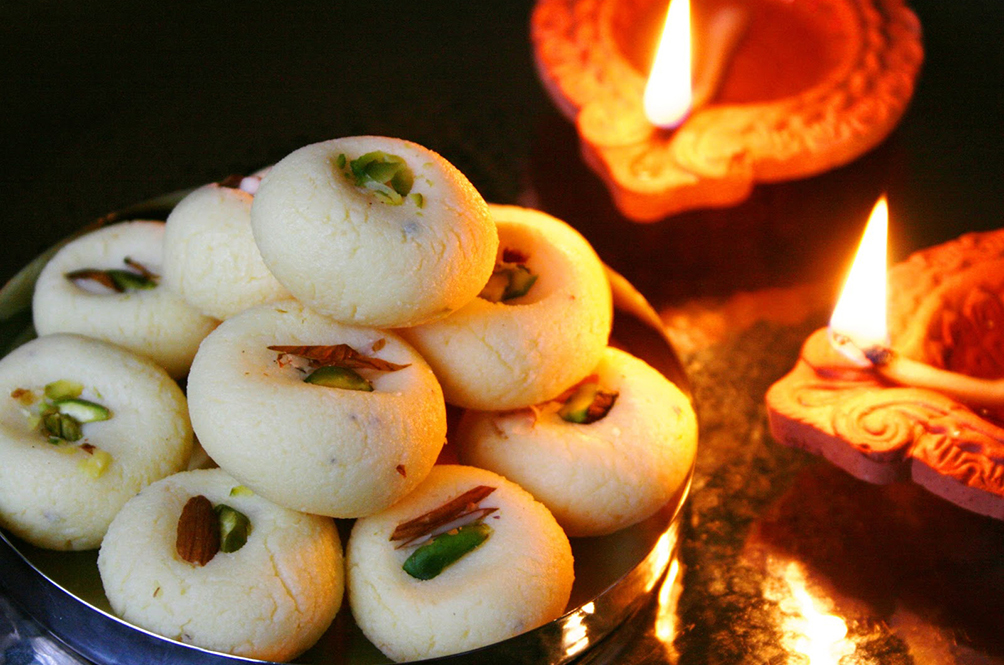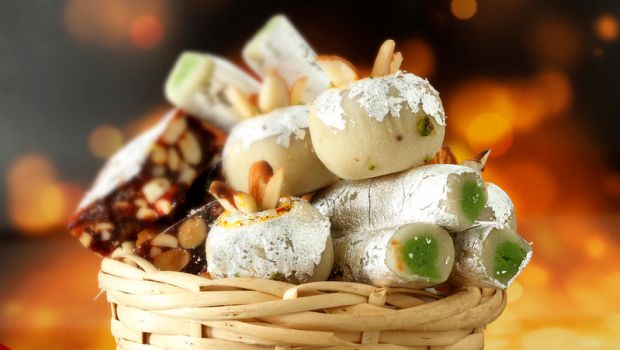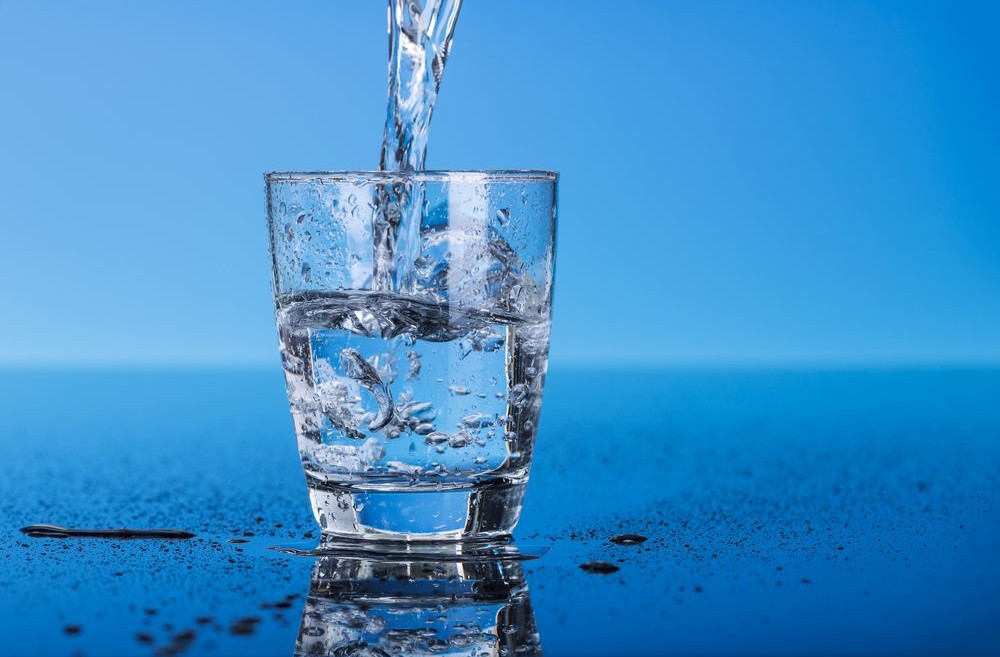This Women’s Day, as you gear up to receive a surprise breakfast fit for a queen or a hastily ordered bouquet of flowers, spend some time on your horoscope.Not on issues that are personal or professional but on those that are nutritional. Although I’m not a soothsayer or savant, I can quite comfortably predict your nutritional future this year.Without knowing you or meeting you, I can safely predict that this year most of you will…
Feel the need to clean the plates
Of course, I don’t mean getting down and dirty -or is it clean? -with soap and water but eating leftovers. Beware of this obsessive need to “prevent waste“ as you eat that last half-roti or those few spoonfuls of rice just so that you’re satisfied that all the food is finished. If you continue to do so, you may be looking at a possible 4-5 kilos of weight gain in a year. The math is simple: let’s assume that the extra intake of leftover dinner and or dessert adds up to about 100 extra calories per day, if you are not able to burn it off. If you do this everyday, it totals up to 36,500 un burned calories a year. It takes 3,500 calories to gain a pound of weight, which is about 10 pounds or about 4-5 kilos of weight gained in a year. Quite simply, waste makes waist.
Eating to prevent wastage doesn’t always guarantee weight gain. But if you are struggling to lose those last few kilos, and not realising where things are going wrong, now you do. Maybe it’s time to let the leftovers be. If you cannot finish what’s on your plate, it’s not your problem it’s the dust bin’s or the fridge’s.
Feel the need to be kind
I also predict that this year many of you reading this will have an inability to say “No“.The social pressure to eat can be held responsible for you going for that second helping of dessert just because your host insisted. Or be cause of people around you who encourage you to eat unhealthy foods when you’re on a diet. Just say `no’.
Feel the need to think of others all the time
Be a little selfish this year. You need to do what it takes to be more energetic, eat healthier, sleep well, and sleep on time. Because you cannot provide from an empty cup. To take care of others, you first need to take care of yourself.
Chase away approaches to nutrition that are bad for you. If you do, I can predict a healthy, nutritious year with a body that will love you for it. Happy Women’s Day.


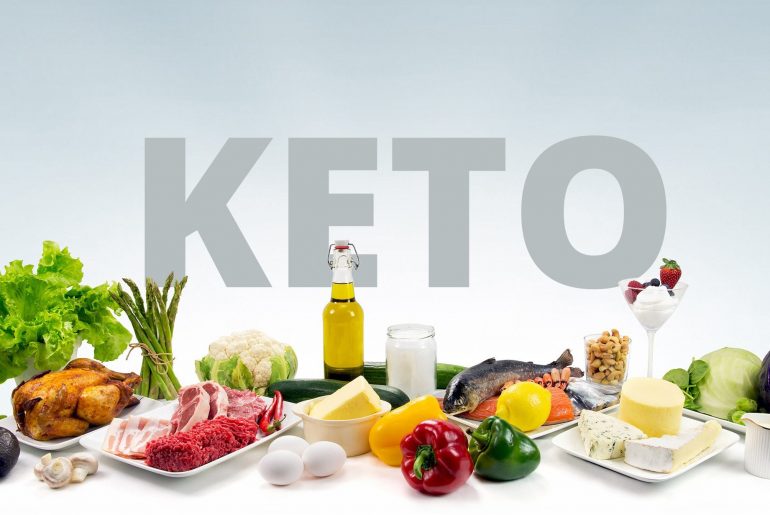
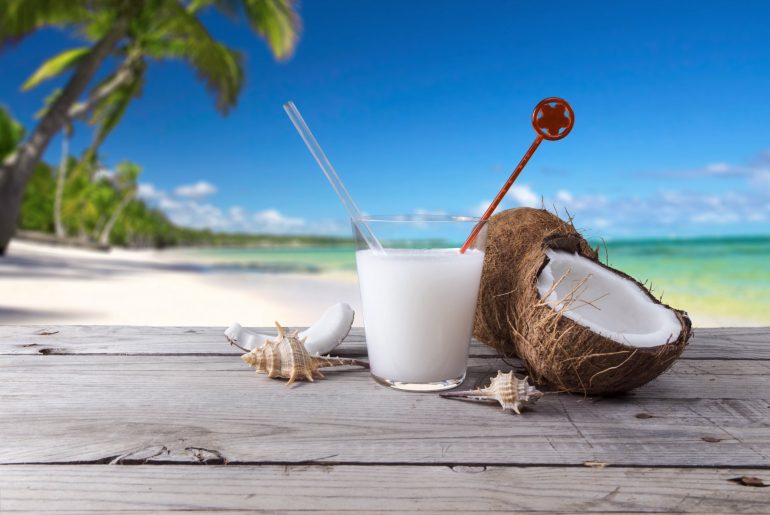


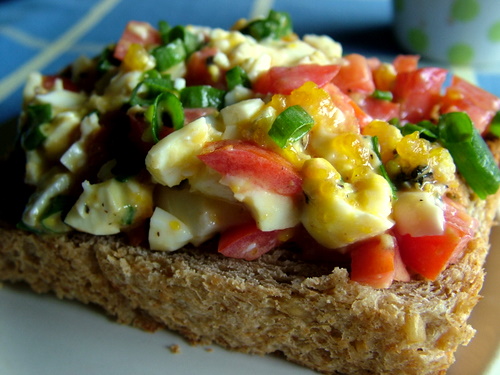

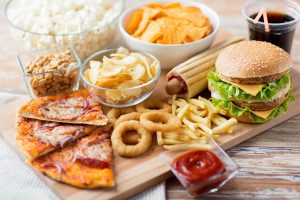
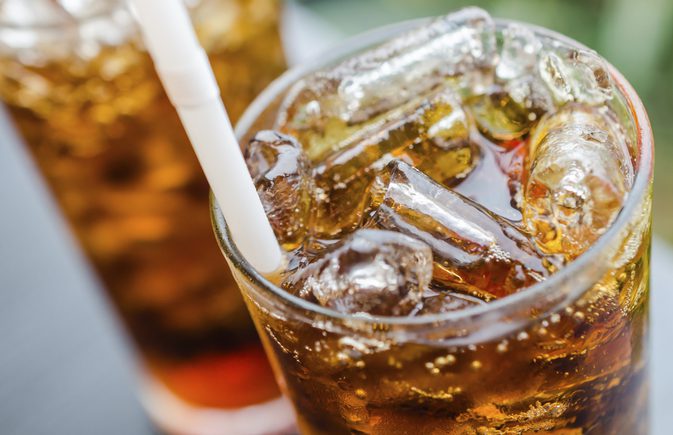
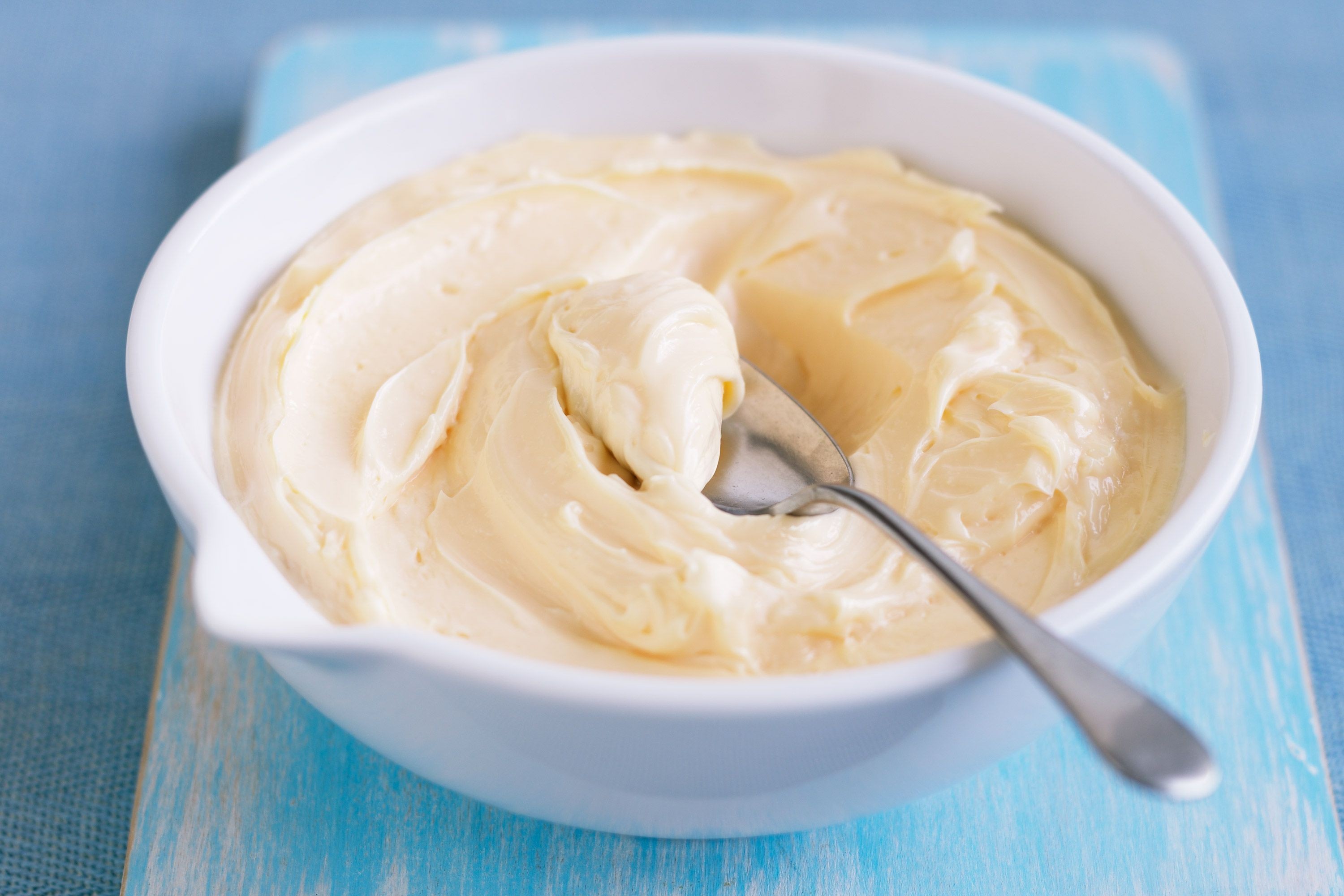 2. MAYONNAISE If you are happily throwing in mayonnaise into your salads and sandwiches thinking it brings in taste and variety, you may as well be clogging your arteries with sticky lard.
2. MAYONNAISE If you are happily throwing in mayonnaise into your salads and sandwiches thinking it brings in taste and variety, you may as well be clogging your arteries with sticky lard. 3. FLAVOURED YOGURT Something that is actually very healthy can be easily turned into an absolutely unhealthy food item simply by adding loads of sugar, cream and artificial flavours. Yes, I am talking about yogurt. Why turn this healthy probiotic snack (which it is originally famous for) into a dessert item? If you are using flavoured yogurt as an alternative to ice-creams and pastries, it is definitely a wiser option but if it’s stocked in the fridge as a healthy, low calorie, portable snack, get rid of it rightaway.
3. FLAVOURED YOGURT Something that is actually very healthy can be easily turned into an absolutely unhealthy food item simply by adding loads of sugar, cream and artificial flavours. Yes, I am talking about yogurt. Why turn this healthy probiotic snack (which it is originally famous for) into a dessert item? If you are using flavoured yogurt as an alternative to ice-creams and pastries, it is definitely a wiser option but if it’s stocked in the fridge as a healthy, low calorie, portable snack, get rid of it rightaway.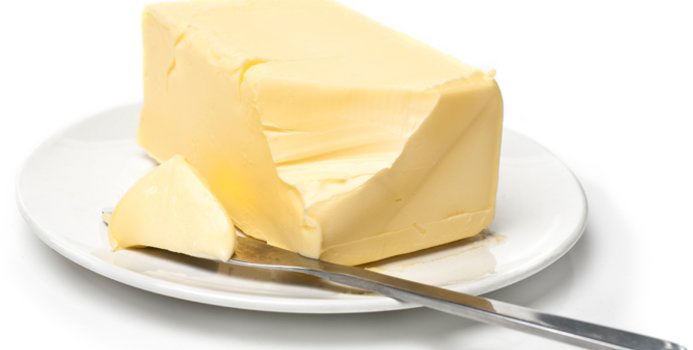 4. MARGARINE Marketed as a healthier option to butter, margarine is anything but that. It is loaded with partially hydrogenated fat which increases the LDL (bad) cholesterol and thus increases the risk of heart diseases and inflammation, a known trigger to premature aging.
4. MARGARINE Marketed as a healthier option to butter, margarine is anything but that. It is loaded with partially hydrogenated fat which increases the LDL (bad) cholesterol and thus increases the risk of heart diseases and inflammation, a known trigger to premature aging.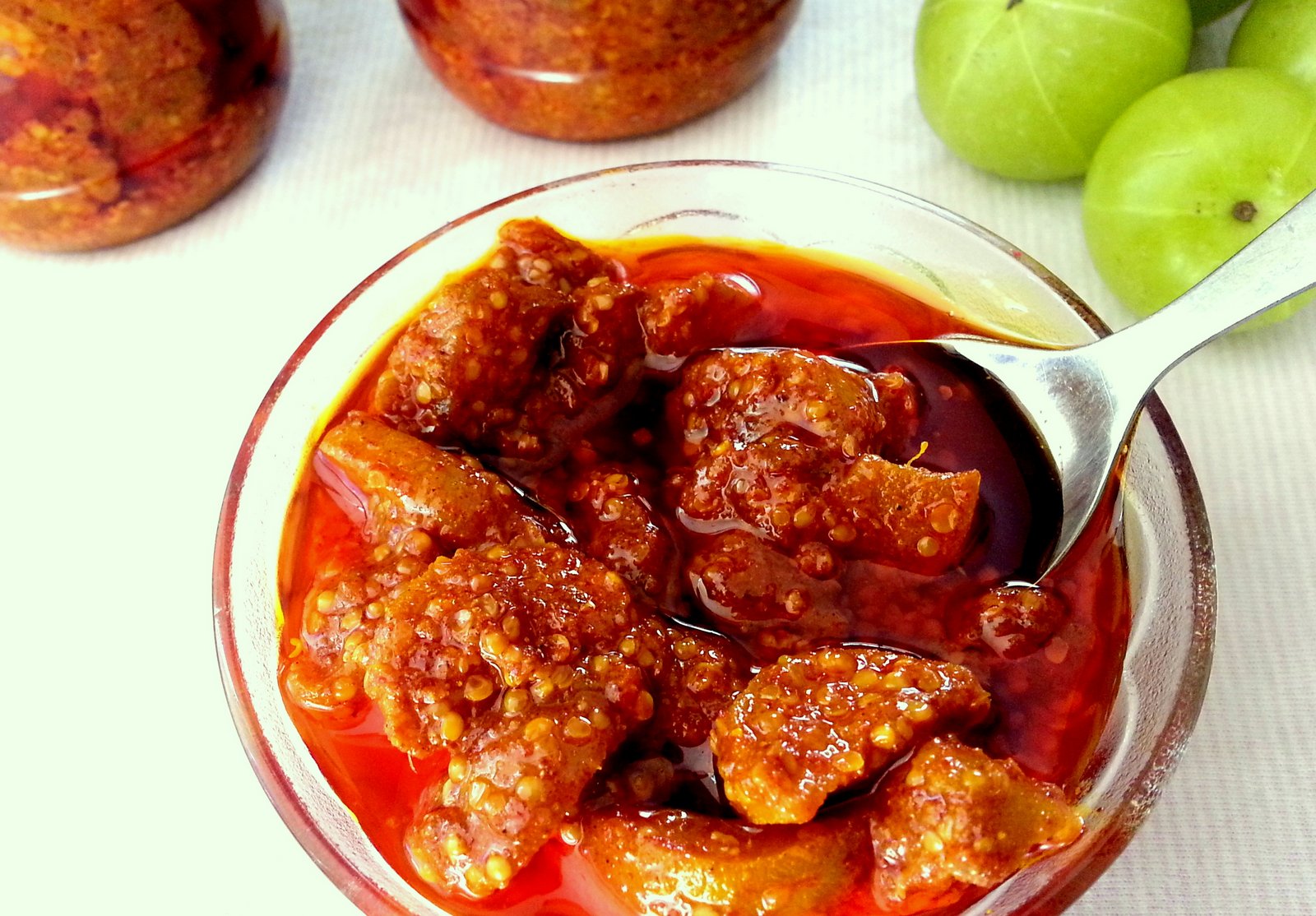 5. PICKLES They add a dash of spice and flavour to your daily meals, thus helping break monotony of everyday cooking styles. But remember, that along with its ichness in taste, pickles are a high source of oil and sodium. The additional oil (since cooked meals have already exhausted your daily oil quota) plays havoc with our lipid profile and ts a load on the heart, and the puts a load on the heart, and the excess sodium (since our meals already take care of our daily salt requirements) spoils the electrolyte balance and thus affects blood pressure.
5. PICKLES They add a dash of spice and flavour to your daily meals, thus helping break monotony of everyday cooking styles. But remember, that along with its ichness in taste, pickles are a high source of oil and sodium. The additional oil (since cooked meals have already exhausted your daily oil quota) plays havoc with our lipid profile and ts a load on the heart, and the puts a load on the heart, and the excess sodium (since our meals already take care of our daily salt requirements) spoils the electrolyte balance and thus affects blood pressure.

